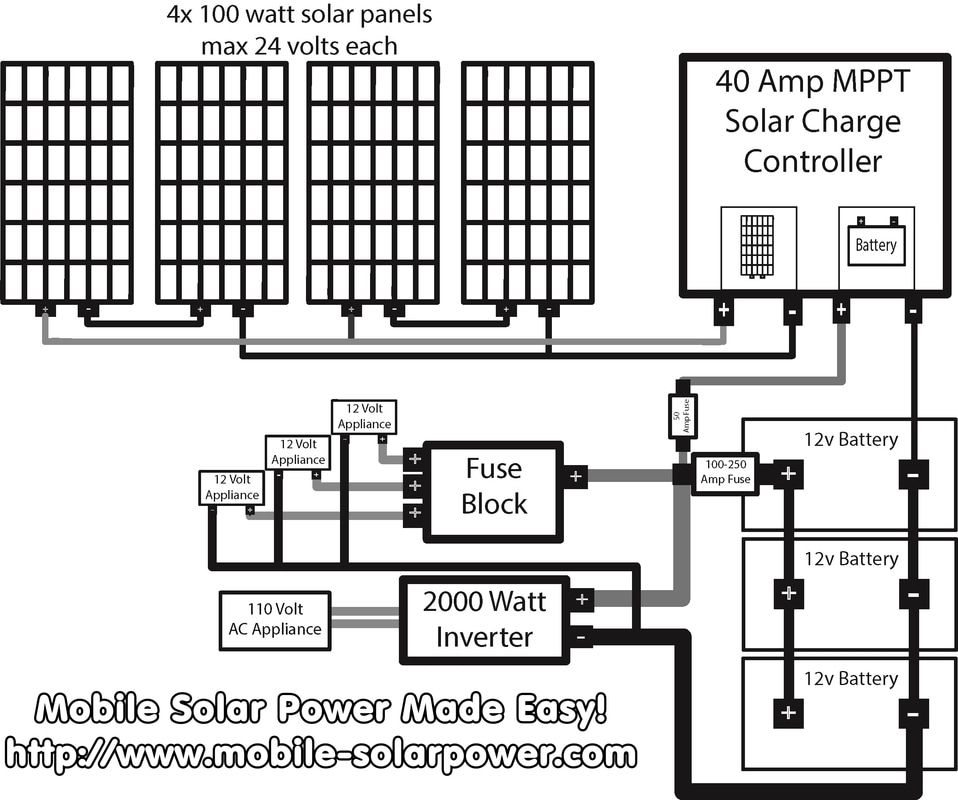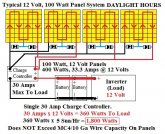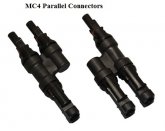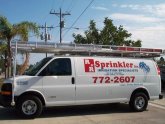I plan on buying an rv this summer and outfitting it with 400w of solar panels and 2 100ah Battle Born lithiums. I'm looking at small (17-19 ft. box) trailers. So far, all but one has been equipped with the EverChill 10.7 cu. ft. 12v fridge. I plan solo camping 4/5 months in the winter, almost entirely boon docking.
I'm not completely new to solar. My last rv was a 22' Lazy Daze class C with 200w panels and 225ah battery (no generator). I spent a month in Louisiana, Texas and New Mexico. My batteries went to 79% one time. That was when I had 5 days of rain in Louisiana. Other than that it didn't take long to top the batteries off each morning. My usage was just about 100ah a day. I was able to use the microwave a few minutes at a time, but not every day. (I like popcorn)
So, my question is, will I be able to boon dock with the EverChill with my proposed set up? How do you figure the ah usage with a 12v fridge? It says 3amps in the information. I don't know if that's per hour or some other measurement. Will that 3 amps only be when the compressor is running? Typically, how long does the compressor run each day with moderate use?
With my past rv I figured out how to use the solar system. It was already set up when I bought the unit used. However, I don't really know anything about setting up a system.
Thanks, KorKoro
I'm not completely new to solar. My last rv was a 22' Lazy Daze class C with 200w panels and 225ah battery (no generator). I spent a month in Louisiana, Texas and New Mexico. My batteries went to 79% one time. That was when I had 5 days of rain in Louisiana. Other than that it didn't take long to top the batteries off each morning. My usage was just about 100ah a day. I was able to use the microwave a few minutes at a time, but not every day. (I like popcorn)
So, my question is, will I be able to boon dock with the EverChill with my proposed set up? How do you figure the ah usage with a 12v fridge? It says 3amps in the information. I don't know if that's per hour or some other measurement. Will that 3 amps only be when the compressor is running? Typically, how long does the compressor run each day with moderate use?
With my past rv I figured out how to use the solar system. It was already set up when I bought the unit used. However, I don't really know anything about setting up a system.
Thanks, KorKoro











